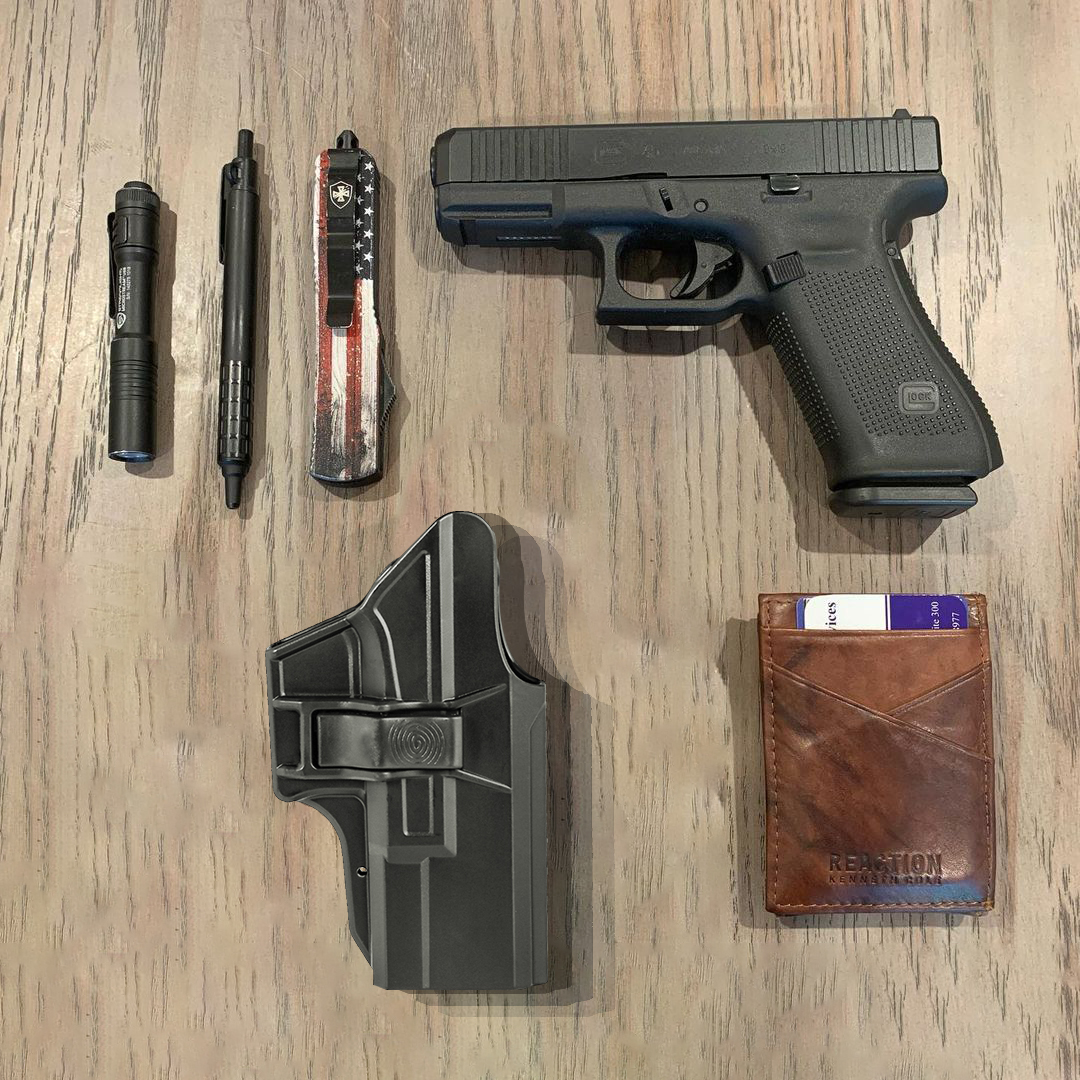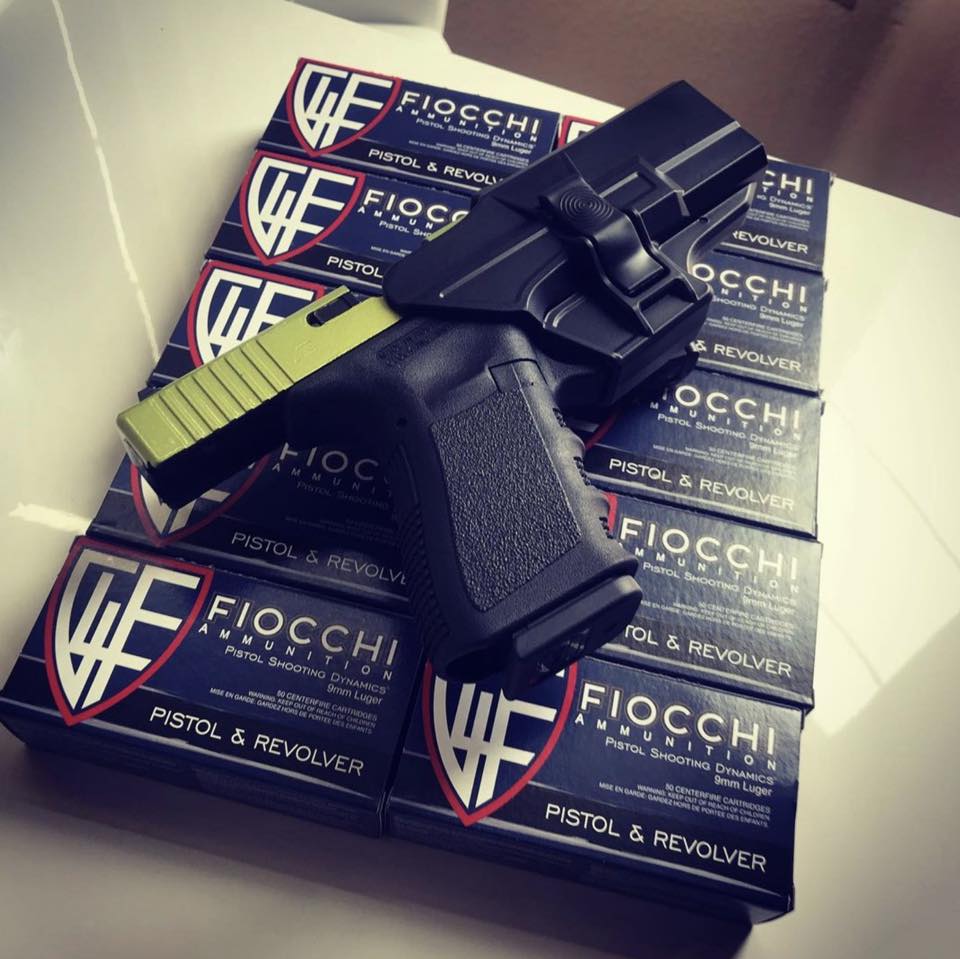

For a gun lover, it is not uncommon to spend hours studying the choice of gun accessories. A good shooting enthusiast will even rent a design studio to test the performance of guns and accessories. Unfortunately, they are completely Ignoring the important role of holsters for pistols, in the process of choosing holsters, the price has become a decisive factor.
Since the holster is the interface between the gun and the body, there is no doubt that it is also vital equipment. Poorly designed or inappropriate holsters can cause discomfort, damage to the gun, or even loss of the gun during the release process. Of course, you don’t have to spend a big price to buy a holster, but you must choose a holster that suits you.
High-quality holsters must directly seek a balance between comfort and safety, and they must have good quality to meet actual needs. Below I will help you distinguish from a professional perspective, how to find a suitable holster.
From the perspective of safety retention level, holsters can be divided into three options.
The first-class fixed holster is usually made of leather. Kydex has three types of polymers. Its fixing ability depends on friction, but they have their own advantages because of their respective materials. Although leather holsters are comfortable to wear, they cannot be effectively waterproof. When you sweat, it will cause you trouble. Kydex holsters are prone to lose the screws during long-term use or make the gun slip out of the holster at an untimely time.
The second-level protective holster can not only use the same friction-based grip as the first-level holster on the pistol but also add other mechanical elements, such as flip protection, thumb release button, locking lever, etc. Some people think that only The use of publicly carried holsters requires a level 2 protection system, such as armed citizens who are publicly carried, and law enforcement officers on duty. But this is not the case. Even if your gun is hidden, the attacker knows that you are carrying a pistol or even a gun from the previous contact with you. So secondary protection devices can help protect your guns.
Currently, police officers and armed guards use at least Class II reserved holsters, and many use Class III reserved holsters. For ordinary citizen permit holders, this is not necessary, but due to the nature of their work and the different types of contacts with the public, most law enforcement agencies and large security companies require this additional level of retention. By adding a second active fixing element to the holster and passing the tensile or friction test of level 1 safety, you will get level III fixation. Many companies manufacture these products in some form. Most have a button that must be pressed to lock the hood before the pistol can be pulled out of the holster.
Whichever Level II holster you choose to use whether it be a thumb break, or otherwise, dry practice your draw stroke WITH AN UNLOADED GUN several times a week. I have done it for years and continue to do so to this day. By doing this I find that I am faster with a Level II retention holster than most are with a Level I holster. Practice makes perfect but only if you practice perfectly so think about each step of your proper 5-step draw stroke. The draw stroke, however, is another subject entirely.
How should we choose the holster that suits us?
Although it may seem obvious, it must be said that the first thing that must be considered in the coordination of the holster and the gun. The gun must be properly placed in the holster. Not only is it correct, but it is also completely correct. You will be surprised how many people I have seen wearing inappropriate holsters. It is dangerous for firearms to scurry around in loose holsters. Similarly, guns that may actually be stuck in the small holster of the gun can also cause dangerous situations.